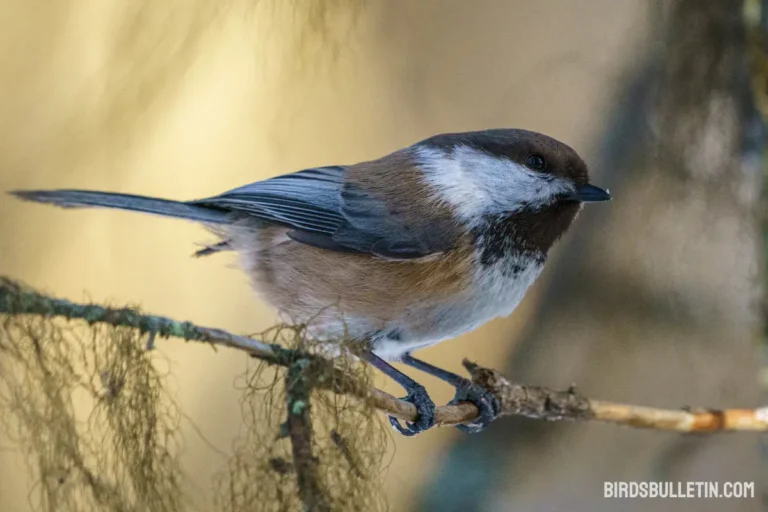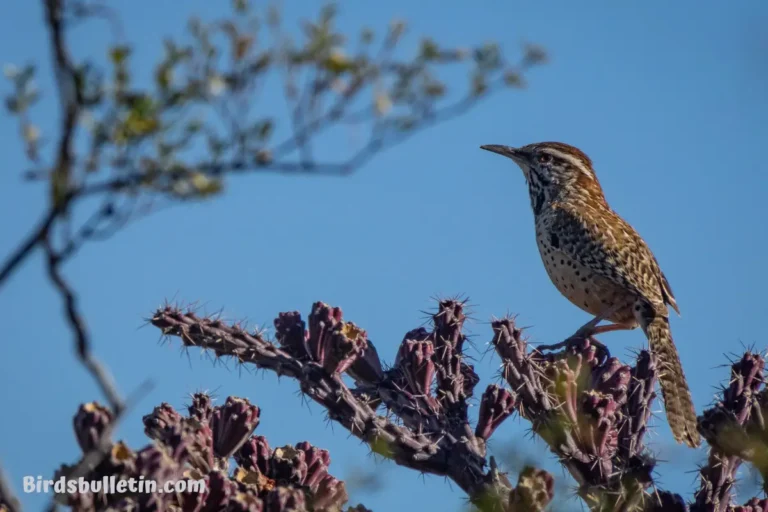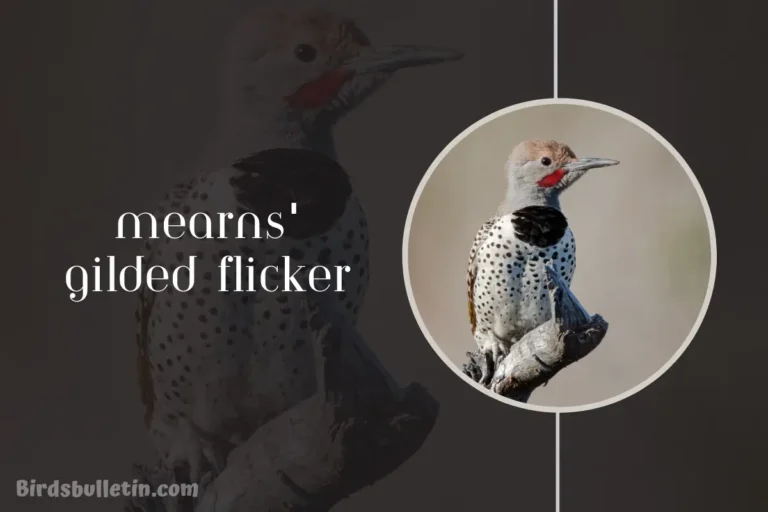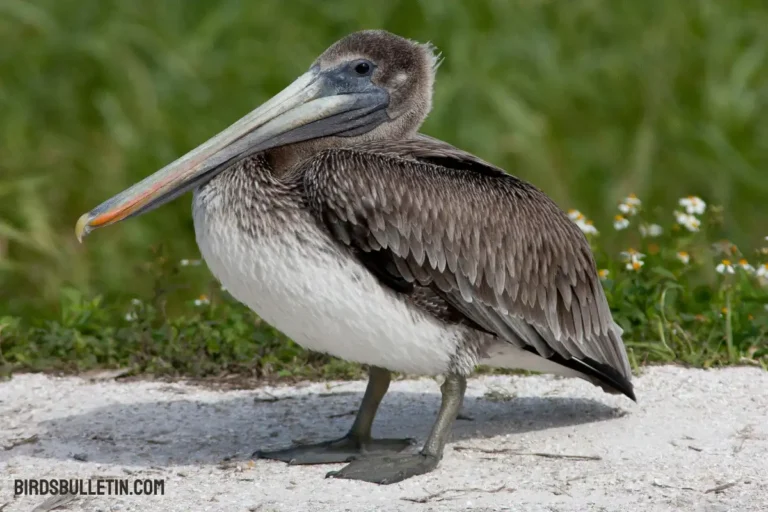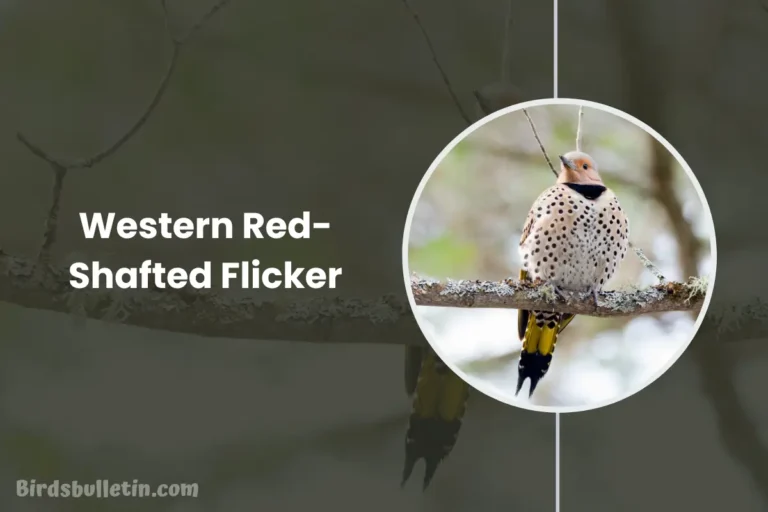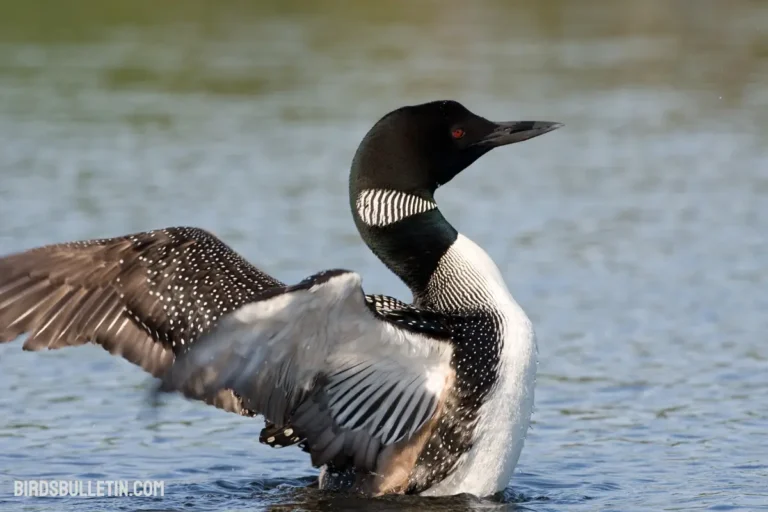Campylorhynchus Brunneicapillus Sandiegensis
The San Diego Cactus Wren, scientifically known as Campylorhynchus brunneicapillus sandiegensis is a distinctive subspecies found in the regions of Baja California and parts of southern California. This subspecies, named after the city of San Diego
Its classification is debated, with some authorities considering it an intermediate form between two other subspecies. Named for San Diego, it can be identified by its duller head coloration.
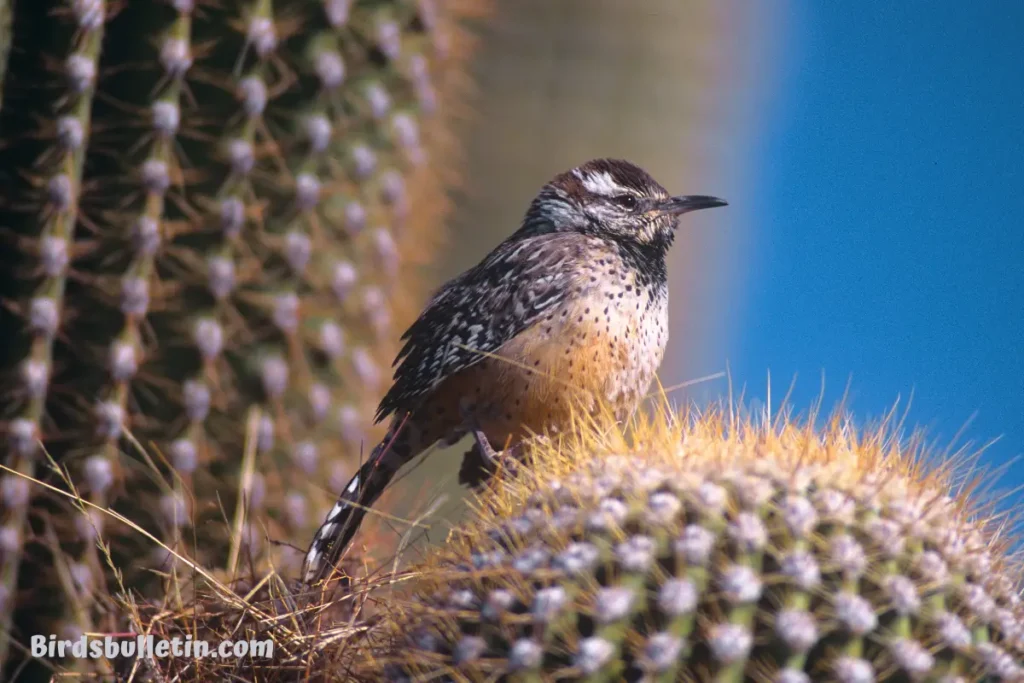
Looking for more overview about bird subspecies:
Scientific Classification
- Kingdom: Animalia
- Phylum: Chordata
- Class: Aves
- Order: Passeriformes
- Family: Troglodytidae
- Genus: Campylorhynchus
- Species: Campylorhynchus brunneicapillus
- Subspecies: C. b. sandiegensis (Rea, 1986)
Identification
C. b. sandiegensis has a head that lacks or has less reddish coloration compared to C. b. brunneicapillus. Its eggs are also darker than other subspecies. It is intermediate in appearance between C. b. couesi and C. b. bryanti.
Location
This subspecies of Cactus Wern is found in coastal southern California and the Baja California peninsula. It is named after San Diego, located within its range.
Interesting Facts
Unique Morphological Traits: The San Diego Cactus Wren displays prominent differences in head coloration and egg pigmentation. They provide interesting insights into the subspecies’ evolution and adaptation.
Taxonomic Discrepancies: Despite differing opinions among ornithological societies, the International Ornithologists Union recognizes C. b. sandiegensis as a distinct subspecies. It’s also highlighting the complexity of avian taxonomy and classification.
Urban Adaptability: This subspecies has shown adaptability to urban environments. They are often seen in parks and gardens within the city of San Diego. This bird always showcases its ability to coexist with human populations.
Status
The conservation status of C. b. sandiegensis is uncertain due to disputed taxonomy. Coastal development has reduced habitat within its range. The subspecies may warrant more focused monitoring and assessment.
Conservation of Natural Habitat
Protecting remaining coastal sage scrub and chaparral habitats in southern California and Baja California is important for conserving C. b. sandiegensis. Habitat restoration projects focused on native vegetation like Opuntia are also beneficial.
Frequently Asked Questions
1. What is the current conservation status of C. b. sandiegensis?
The conservation status of this disputed subspecies is uncertain. While habitat loss has occurred, focused monitoring and assessment are needed.
2. How does C. b. sandiegensis nesting behavior differ?
This subspecies nests in tall Opuntia cactus plants found within its coastal scrub and chaparral habitat.
3. Why is the classification of C. b. sandiegensis debated?
Some authorities believe it represents an intermediate form between two other subspecies rather than a valid distinct subspecies, while others recognize it taxonomically. More research is needed.
Summary
This bird’s classification is debated, with some considering it an intermediate form. It can be identified by its dull head color compared to other subspecies. Conservation should focus on protecting its coastal scrub habitat which continues to decline.


